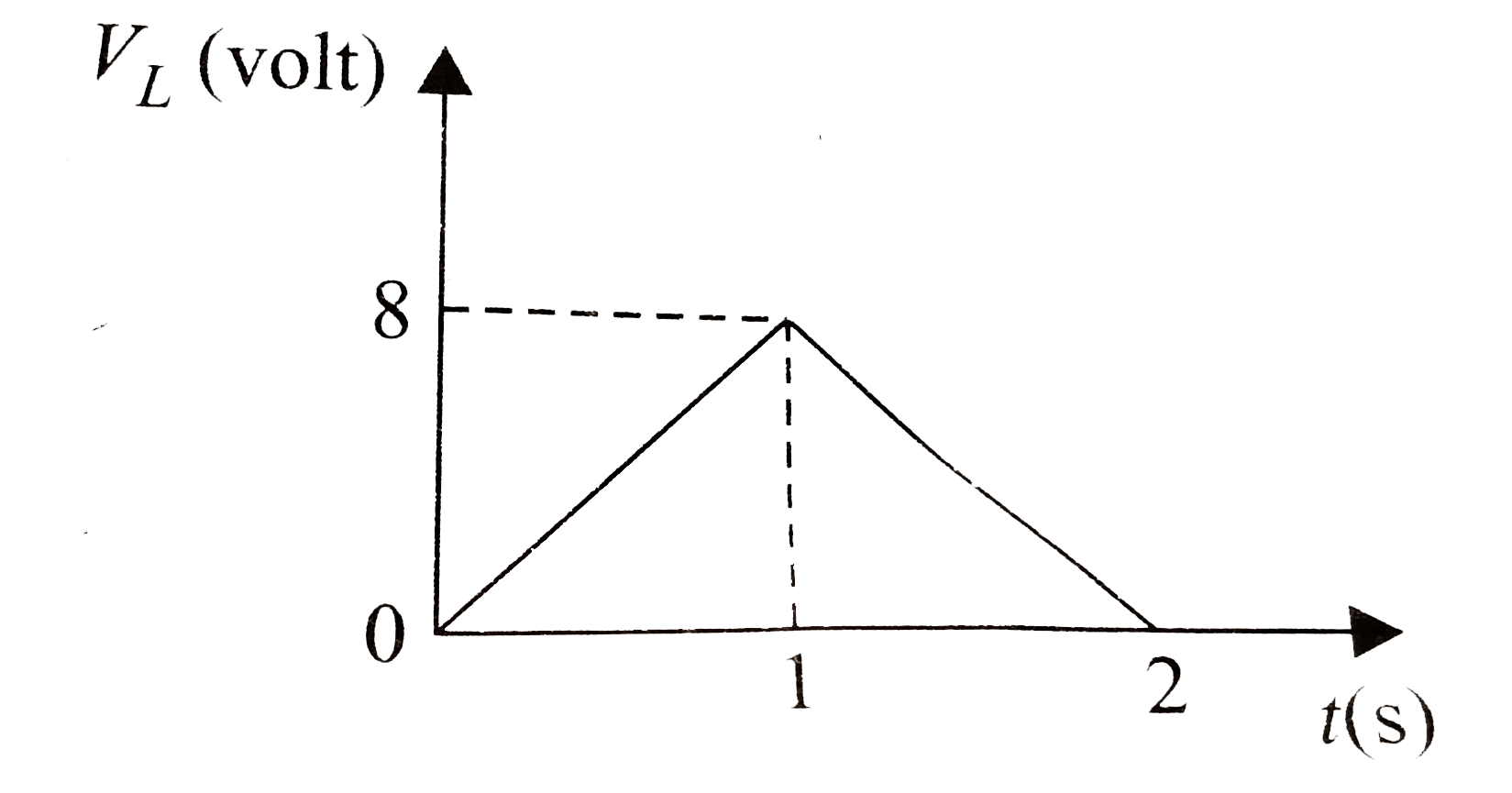The current in a conductor and the potential difference across its ends are measured by an ammeter and a voltmeter.The meters draw negligible current.The ammeter is accurate but the vlotmeter has a zero error(that is ,it does not read zero when no potential difference is applied).Calculate the zero error if the readings for two different conditions are 1.75A, 14.4Vand 2.75a, 22.4V.
The correct Answer is:A
Step by step video & image solution for The current in a conductor and the potential difference across its ends are measured by an ammeter and a voltmeter.The meters draw negligible current.The ammeter is accurate but the vlotmeter has a zero error(that is ,it does not read zero when no potential difference is applied).Calculate the zero error if the readings for two different conditions are 1.75A, 14.4Vand 2.75a, 22.4V. by Physics experts to help you in doubts & scoring excellent marks in Class 12 exams.
Updated on:21/07/2023Topper's Solved these Questions
- CURRENT ELECTRICITYBOOK - RESONANCE ENGLISHCHAPTER - CURRENT ELECTRICITYEXERCISE - Exercise-1 (Part-3)
2 Videos
- CURRENT ELECTRICITYBOOK - RESONANCE ENGLISHCHAPTER - CURRENT ELECTRICITYEXERCISE - Exercise-2 (Part-1)
24 Videos
- CURRENT ELECTRICITYBOOK - RESONANCE ENGLISHCHAPTER - CURRENT ELECTRICITYEXERCISE - Exercise-1 (Part-1)
41 Videos
- COMMUNICATION SYSTEMSBOOK - RESONANCE ENGLISHCHAPTER - COMMUNICATION SYSTEMSEXERCISE - Exercise 3
13 Videos
- DAILY PRACTICE PROBLEMBOOK - RESONANCE ENGLISHCHAPTER - DAILY PRACTICE PROBLEMEXERCISE - DPP.No.71
1 Videos
Similar Questions
The potential difference across a 4 H inductor vary with time is as shown. The current is Zero at t=0, Then the current at time t=2s

View SolutionThree voltmeters all having different resistance, are joined as shown. When some potential difference is applied acros A and B, their readings are V1,V2 and V3. Then

View SolutionCalculate the potential difference across the ends of a wire of resistance 2Ω'whenacurrentof1.5 A passes through it.
View SolutionThe potential difference across a 2-H inductor as a function of time is shown in Fig. At time t = 0, current is zero.

Current at t = 1 s is
View SolutionA resistor of 6 Ω is connected in series with another resistor of 4 Ω. A potential difference of 20 V is applied across the combination. Calculate :
the current in the circuit,
View SolutionThe potential difference across a 2-H inductor as a function of time is shown in Fig. At time t=0, current is zero.

Area under VL−t graph gives
View SolutionAssertion : If potential difference across two points is zero, current between these two points should be zero.
Reason : Current passing from a resistor I=VR
View SolutionThe potential difference across a 150mH inductor as a function of time is shown in figure. Assume that the initial value of the current in the inductor is zero. What is the current when t=2.0ms? and t=4.0ms ?

View SolutionWhen a potential difference of 2 volt is applied across the ends of a wire of 5 m length, a current of 1 A flows through it. Calculate :
the resistance across the ends of the wire if it is doubled on itself.
View SolutionThree resistances 2Ω,3Ω and 4Ω are connected in parallel. The ratio of currents passing through them when a potential difference is applied across its ends will be
View Solution
